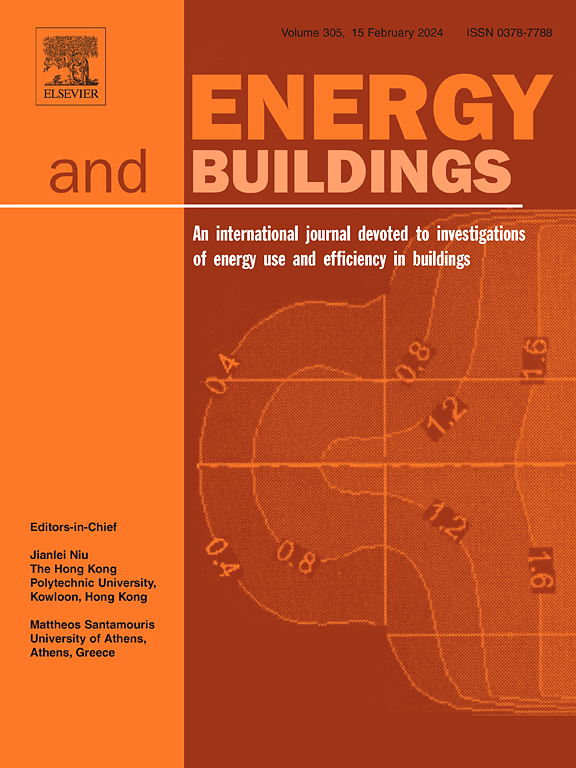Impacts of radiative cooling paints for CO2 reduction and global warming mitigation
IF 6.6
2区 工程技术
Q1 CONSTRUCTION & BUILDING TECHNOLOGY
引用次数: 0
Abstract
Daytime radiative cooling has attracted significant interest recently because it uses the high reflection of sunlight and emission of thermal radiation to cool objects below the ambient temperature without power consumption. However, the year-round impact of modern daytime radiative cooling paints on carbon reduction and global warming mitigation as compared to conventional black roofs and previous cool roofs is not well understood. Here we choose ultrawhite CaCO3 cooling paint used on buildings as a prototype system and conduct a comprehensive analysis of the impact of two distinct mechanisms on global climate. The first mechanism is carbon emission reduction at power plants due to building air conditioning power savings. The second mechanism is due to increased direct heat rejection by the ultrawhite roof to deep space, where the thermal effect is equivalent to CO2 reduction from the atmosphere. Our results show that the impact of the paints on the climate was always positive for all climate zones, reducing up to 665 lbs of CO2eq from the atmosphere per m2 of paint applied over a 100-year span. Additionally, the paints are most effective in hot/warm/mild and dry climates, and depending on climate zone, 0.94 % − 2.02 % coverage of the paint on the earth’s total surface could stop the global warming trend.

求助全文
约1分钟内获得全文
求助全文
来源期刊

Energy and Buildings
工程技术-工程:土木
CiteScore
12.70
自引率
11.90%
发文量
863
审稿时长
38 days
期刊介绍:
An international journal devoted to investigations of energy use and efficiency in buildings
Energy and Buildings is an international journal publishing articles with explicit links to energy use in buildings. The aim is to present new research results, and new proven practice aimed at reducing the energy needs of a building and improving indoor environment quality.
 求助内容:
求助内容: 应助结果提醒方式:
应助结果提醒方式:


